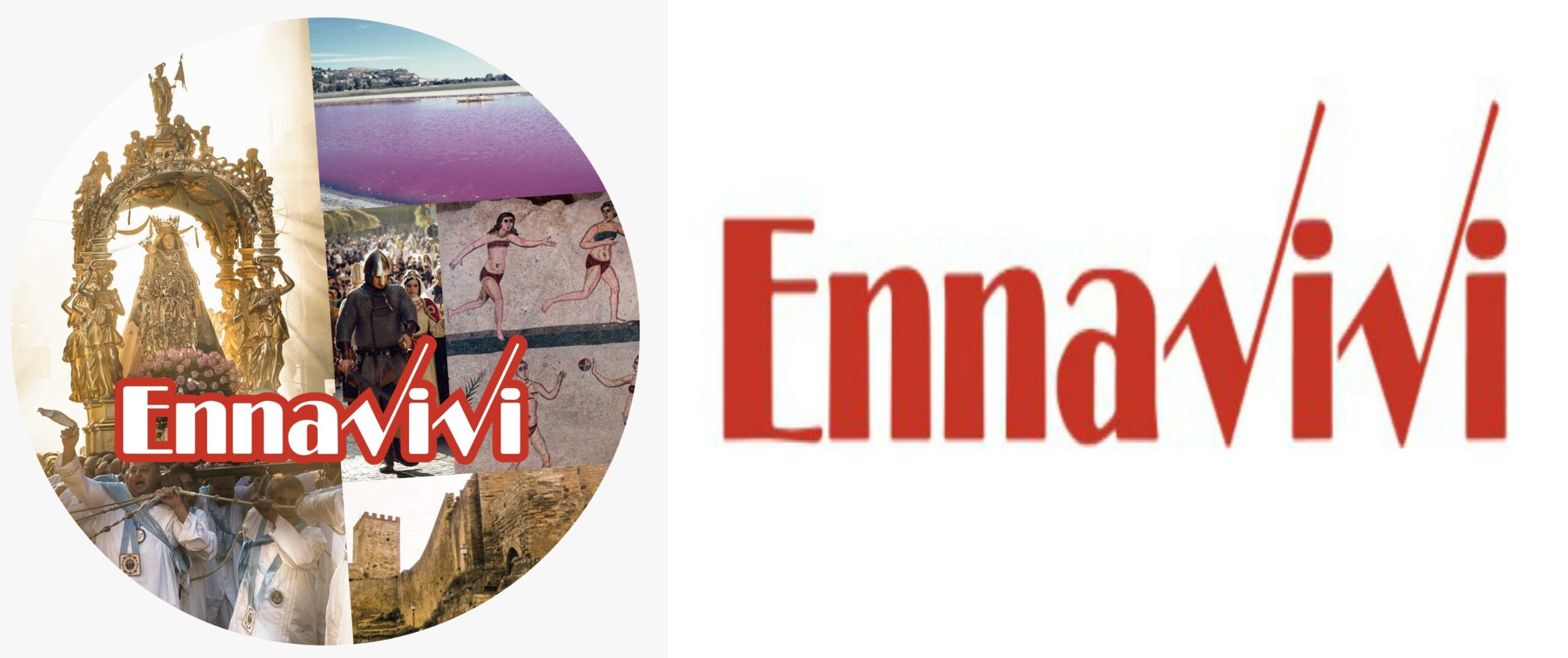 Risale ai primi del ’600. Fondata dal principe Nicolo Placido Branciforte, è nota per il Palazzo principesco, la Gran Fonte, una fontana di stile berniniano con 24 cannelle, sovrastata da altrettante arcate a tutto sesto; per il “Giardino delle Ninfe”, col monumento ad esse dedicato, il cui prospetto è abbellito da un altorilievo rappresentante la Fenice che risorge dalle sue ceneri; per il “Castellaccio” antica fortezza araba di grande valore storico, per alcune chiese e per alcuni palazzi gentilizi dall’elegante struttura architettonica.
Risale ai primi del ’600. Fondata dal principe Nicolo Placido Branciforte, è nota per il Palazzo principesco, la Gran Fonte, una fontana di stile berniniano con 24 cannelle, sovrastata da altrettante arcate a tutto sesto; per il “Giardino delle Ninfe”, col monumento ad esse dedicato, il cui prospetto è abbellito da un altorilievo rappresentante la Fenice che risorge dalle sue ceneri; per il “Castellaccio” antica fortezza araba di grande valore storico, per alcune chiese e per alcuni palazzi gentilizi dall’elegante struttura architettonica.
L’itinerario artistico e monumentale si snoda attraverso la via Garibaldi, dove incontriamo la Chiesa di Santo Stefano, col suo campanile mosaicato, il Palazzo Branciforti, la Chiesa di Sant’Antonio e, percorrendo il Corso Umberto, la bella scalinata di Piazza Margherita, la Chiesa di San Giuseppe con affreschi del Borremans e il Convento dei Cappuccini del 600 con le tele del Beato Angelico, di Pietro Novelli ed il tabernacolo ligneo di Frate Angelo da Mazzarino.
Da visitare anche le chiese dell’Annunziata, della Mercede, di Santa Croce e di San Francesco.
Leonforte (EN) – video
Of more recent origins, Leonforte owes its fortune to Prince Nicolò Placido Branciforti who, in the 17th century, besides founding it, made it prosperous and rich in art. The tour of the town is totally focused on the old town centre with its web of alleys, small streets and low houses dominated by the imposing princely palace which, in one of its 365 rooms, hosted Giuseppe Garibaldi, in transit during the Renaissance expedition. It is advisable to reach the town from the south entrance, following the main 121 road from Enna, in order to arrive directly in the old Piazza Granforte, a monumental baroque fountain from which water gushes out through 24 faucets. Nearby, is the first church of the town dedicated to the Madonna of Mount Carmel where a miraculous stone which apparently saved Leonforte from the 17th century plagues is still kept. Going up again along the steep via Garibaldi, after a stop off at the church of Santo Stefano, recognisable by the mosaic cone belltower, you come to the main church. Inside, besides several canvas painting of considerable artistic value, entirely hand made precious silk sacred vestments are preserved. In front, is the aristocratic palace of Branciforti while right next to the palace is the church of San Antonio. From the Branciforti palace, a few hundred metres along via Umberto, you will come to the round Piazza Margherita dominated by a beautiful and almost vertical stairway. Once at the top, you will find yourself in front of the church of San Giuseppe with its Borremans frescoes. The most interesting sight however, is the Capuchin convent. Since the 17th century, the monks have preserved some very precious paintings, among which a triptych of the Beato Angelico and a beautiful one of the apostle Matthew hung above an enchanting wooden tabernacle made by Brother Angelo di Mazzarino. At the foot of the altar a plaque indicates the eternal resting place of Prince Branciforti while in the nearby aisle, a monumental sarcophagus contains the remains of Princess Caterina. Also worth visiting are the churches dedicated to Maria SS. Annunziata, Maria della Mercede, Santa Croce and San Francesco.
 EnnaVivi Magazine della provincia di Enna
EnnaVivi Magazine della provincia di Enna



